I went book shopping today… except the bookstore was closed :(. I was bummed, since it’s a marvelous academic bookstore tucked away on the 10th floor of an apartment building.
The second stop was to find another tea shop around the bookstore, so I went back to the Yongkang area, since it wasn’t too far. I took Corax’s recommendation and went to Off-Chaism. I could’ve picked from the other places on the list, but figured I’ll work my way down.
The store is unassuming — you can’t really tell what they do from the outside. I walked in and nobody was there. We chatted a little, I mentioned Corax (who they remember fondly) and then we were off to drinking…
While trying various teas, mostly Wuyi yancha at first, people kept coming in and out. It’s obvious that most of them are regulars. One guy came in and started a scathing critique of a show of teaware being exhibited at the National History Museum, which I was not aware of and will now definitely go look. Another man came in, obviously a regular, but just sat down and didn’t say a word. In fact, for the most part he didn’t say much of anything until the first man left. Apparently they have a history… which I discovered when he finally started speaking. Then, a couple came in, and were there to pick up some stuff they had ordered. Some people emerged from downstairs who seemed to have been doing yoga or something while I was drinking tea upstairs. Couple A left, and couple B walked in, them from another city in Taiwan but have been living in Taipei for a while. etc etc…
You get the idea. This reminds me of the line in the opening song “where everybody knows your name” for the tv show Cheers. This place is, indeed, a place for the group of people who discovered it to go and hang out, to meet people they know, and to generally have a good time. A few people bought things, but others just went for the sake of going — in between errands, stopping by for an hour for a cup of tea or some such. In some ways, I was an anamoly — somebody who sits there for hours drinking various things. There were a few tourists who happened to drop by, but by and large they left pretty quickly. I was the odd man out.
It’s the same reason why I keep going back to the Best Tea House or Xiaomei’s shop in Maliandao. I rarely buy things there. In fact, I’ve almost never bought anything at Xiaomei’s, and I rarely buy things from the BTH. I go mostly to chat with people, some I know, some I don’t, but always a good time and an interesting discussion. Teahouses have always served this sort of function, and as my friend Joe’s paper shows… Taipei teahouses have an interesting history that made them what they are today.
I probably won’t have enough time here to really get to know a few places really well, but this place, I will probably go back again.


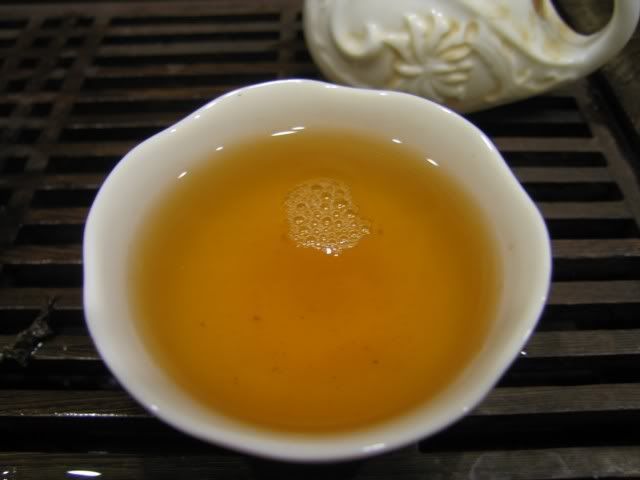
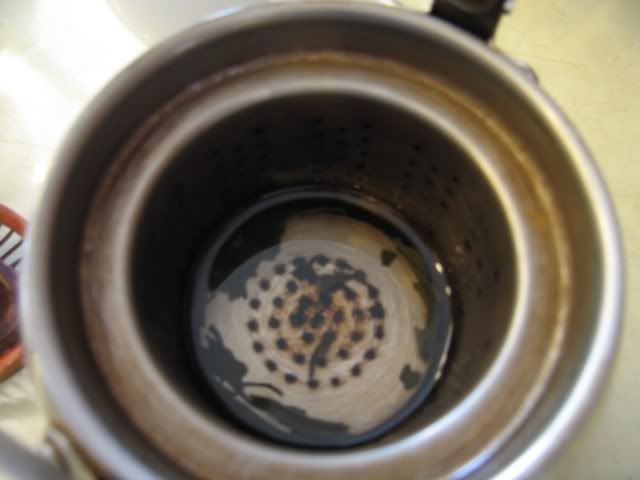

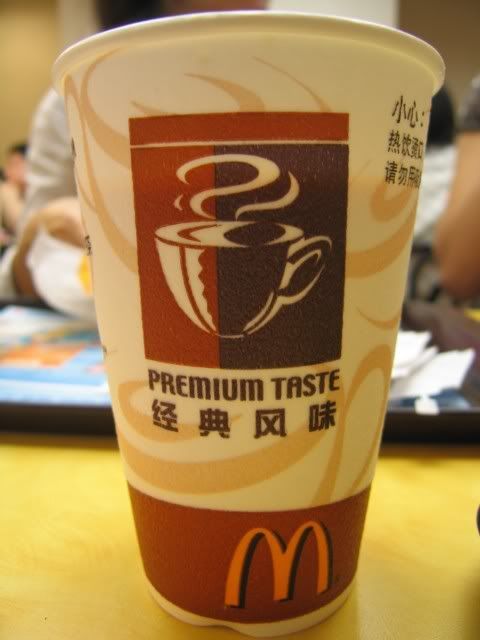




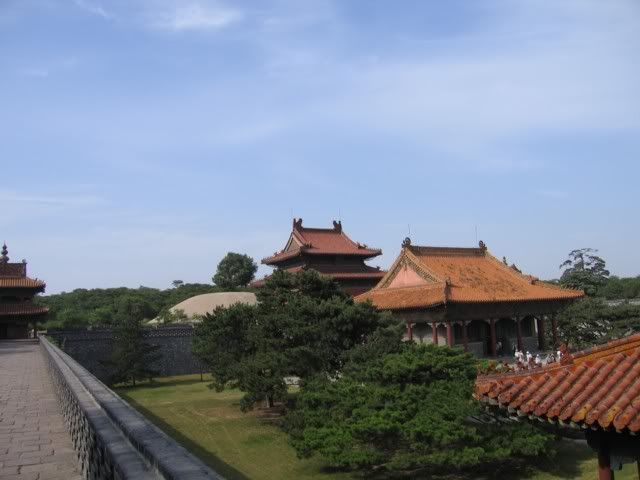


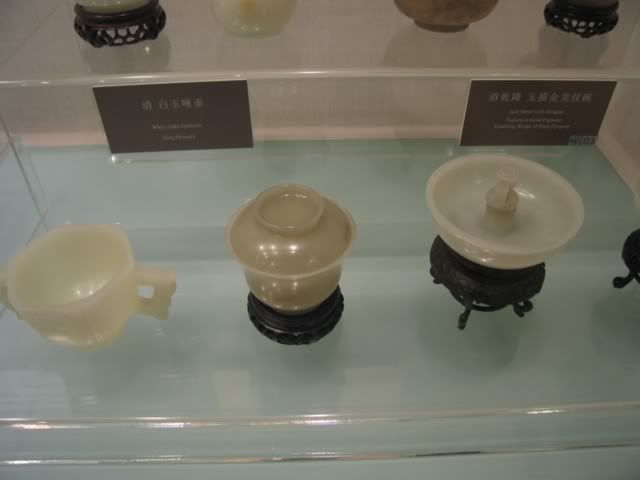
 RSS - Posts
RSS - Posts
Interesting.... would 250C in my oven work?